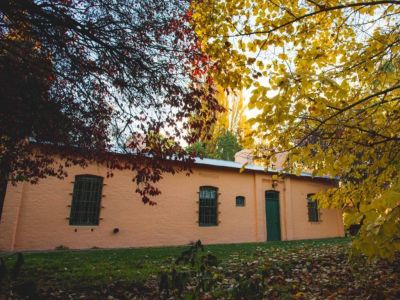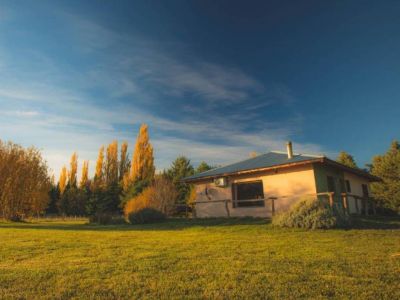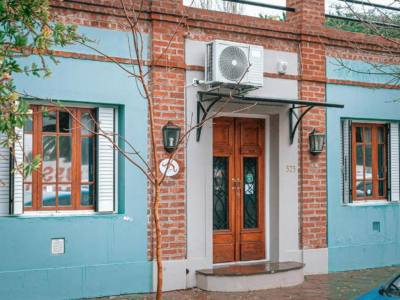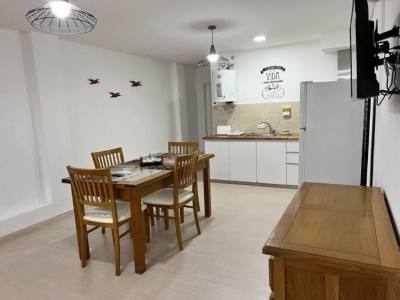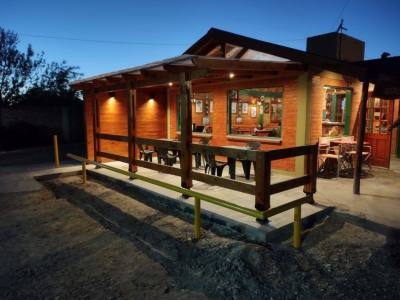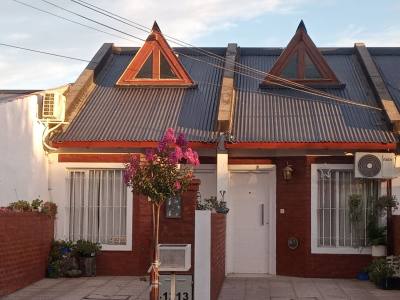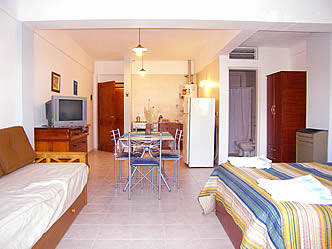Discovering Gaiman, a Welsh Town
If there is one place in Argentina where Welsh roots evoke those immigrants who landed in America in search of a better world, that place is certainly Gaiman.
Even today, over a century after its foundation as the first community government in Patagonia, vestiges of that epic past may be breathed and observed in Gaiman. Welsh roots are present everywhere, from the architecture to the daily habits of its denizens. Gaiman is reached from Trelew on a day-trip. We left the City of Trelew at around midday and reached the small town of Gaiman in less than an hour. In its clean and lonely streets, everyone respects the time for a nap and each of the annual celebrations. This Welsh town (which ironically has a Tehuelche name) has played a significant role in the history of Patagonia. Its name stands for “whetstone”. The region was occupied by the Tehuelches, who gradually moved to other territories as the famous and bloody Conquest of the Desert advanced.
Time brought along the Welsh, who started to settle down and work the land, like they used to in their hometowns in Wales. At present, these customs, their architecture, tradition and even their language have been preserved by the descendants of the first colonists. One of these famous traditions, which lures visitors from all over the world, even from Wales itself, is the tea ritual. This singular beverage has its own secrets and is accompanied by the well-known Welsh cake. Each tea house has its own recipe. While strolling around the streets of Gaiman, visitors may come to understand its history. They just need to park their cars and start walking. The Welsh Regional Historical Museum stands on the corner of Rivadavia and Sarmiento Streets. The building that used to house the old railway station now contains an important collection of relics from the days of the colonization period. The first house in town was built in the year 1874. It is located on J. E. Evans between 28 de Julio and E. Tello Streets and it remains intact, just like it was raised by the first settlers. The famous tunnel is another great attraction in Gaiman. It is a cavern that used to be crossed by the railway. The old Protestant chapels are also part of the city sights. The Welsh colonists used to build them in order to preserve and foster their faith. Some of them are the Old Chapel (1880), Bethel (1914), Bryn Gwyn (1900), Seion (1888) and Salen (1912). They were the real spiritual support of the community in Patagonia. Furthermore, they were the meeting point when problems had to be discussed and solved in this new land. After walking for a couple of hours, we deserved a rest at one of the many tea houses that open everyday to welcome visitors and teach them about what is called “the Welsh tradition”.
Pablo Etchevers
Jorge González






























